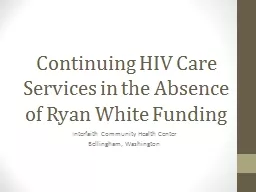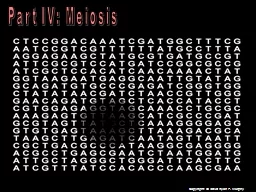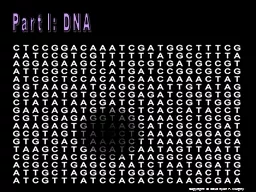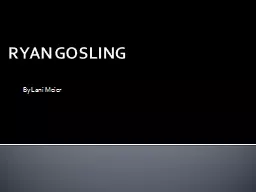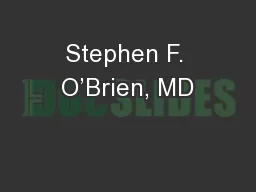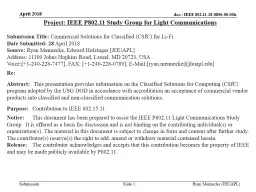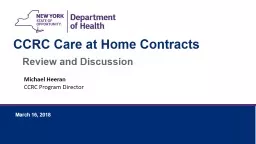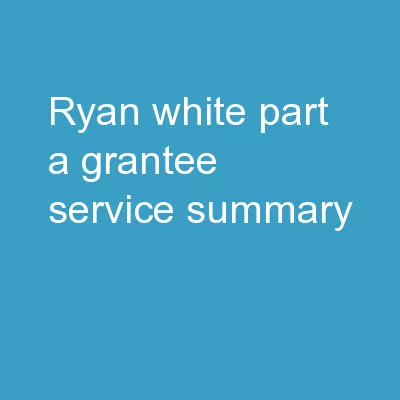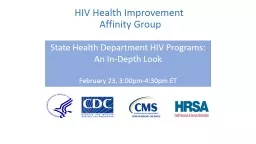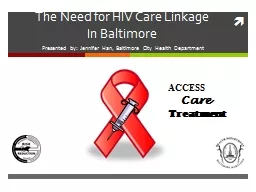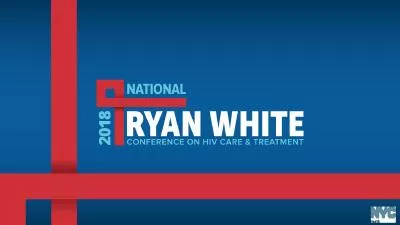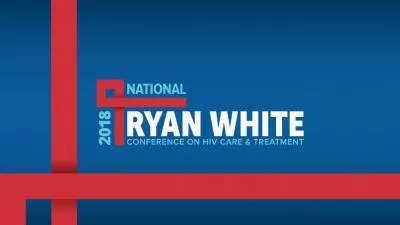PPT-Continuing HIV Care Services in the Absence of Ryan White F
Author : trish-goza | Published Date : 2015-09-23
Interfaith Community Health Center Bellingham Washington What We Decided In February 2014 the ICHC Board of Directors voted unanimously to relinquish the clinics
Presentation Embed Code
Download Presentation
Download Presentation The PPT/PDF document "Continuing HIV Care Services in the Abse..." is the property of its rightful owner. Permission is granted to download and print the materials on this website for personal, non-commercial use only, and to display it on your personal computer provided you do not modify the materials and that you retain all copyright notices contained in the materials. By downloading content from our website, you accept the terms of this agreement.
Continuing HIV Care Services in the Absence of Ryan White F: Transcript
Download Rules Of Document
"Continuing HIV Care Services in the Absence of Ryan White F"The content belongs to its owner. You may download and print it for personal use, without modification, and keep all copyright notices. By downloading, you agree to these terms.
Related Documents

